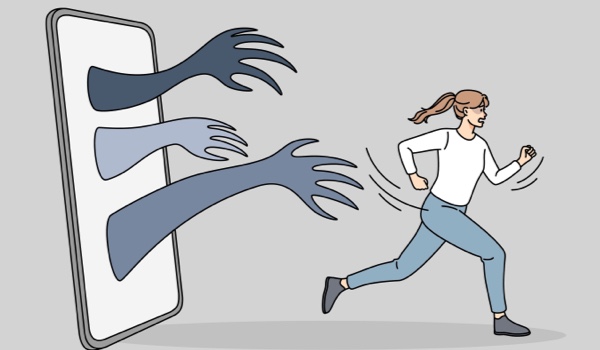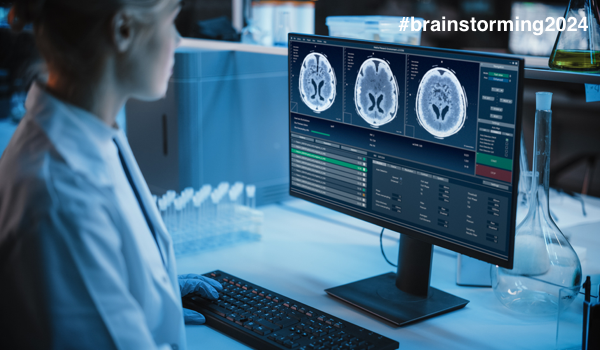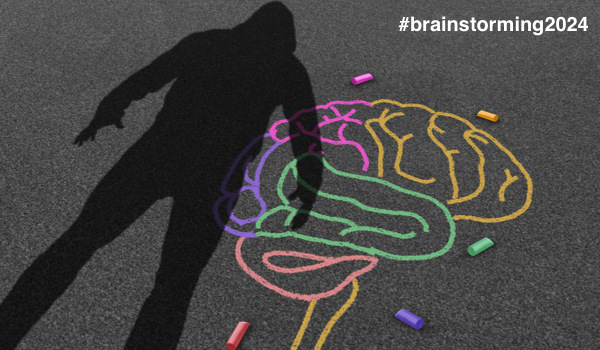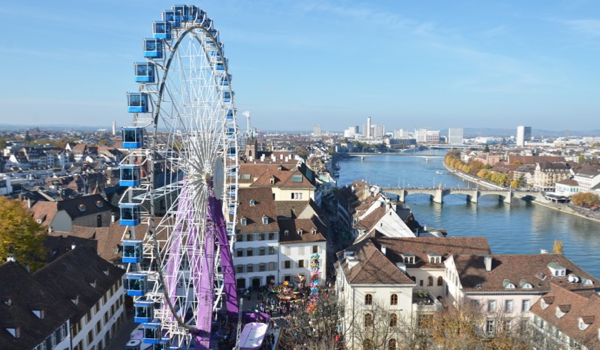


NEW YORK - Some 40,000 infants are born each year in the United States with congenital heart defects.1 About one-third are presumed to have undergone interventional heart surgery within their first year. The final results of heart surgery are associated with a heightened risk of morbidity and mortality.
One example of complexities after heart surgery is the need for extracorporeal membrane oxygenation (ECMO) - or an ‘iron lung’ - which pumps blood to a heart-lung machine outside of the patient’s body. It removes carbon dioxide from the blood, replaces it with oxygen, and then sends it back to the body. There is a high risk of mortality after ECMO, and surgeons are interested in applying methods to predict the outcome of heart procedures before ECMO is needed. Interest is therefore growing in improving the quality of pediatric heart surgery.2

Figure 1: ECMO machine
An example of a common heart surgery in pediatrics is the Systemic-to-Pulmonary Artery shunt, which is used in babies with limited or absent pulmonary blood flow to establish a reliable source of it.4, 5 To improve the quality of this type of heart surgery in pediatrics, experts have applied machine learning (ML) and intelligent techniques, both to forecast outcomes before it is too late, and to discover ways of improving them.
ML algorithms have been shown to improve the selection of significant clinical decision-making predictors in the medical arena. These algorithms are increasingly applied to large medical datasets to predict outcomes. Despite the many studies of applied ML in computational biology, intelligent diagnosis, and bioinformatics, relatively little has been done in more complex areas
The content herein is subject to copyright by The Yuan. All rights reserved. The content of the services is owned or licensed to The Yuan. Such content from The Yuan may be shared and reprinted but must clearly identify The Yuan as its original source. Content from a third-party copyright holder identified in the copyright notice contained in such third party’s content appearing in The Yuan must likewise be clearly labeled as such. Continue with Linkedin
Continue with Linkedin
 Continue with Google
Continue with Google









 1278 views
1278 views








